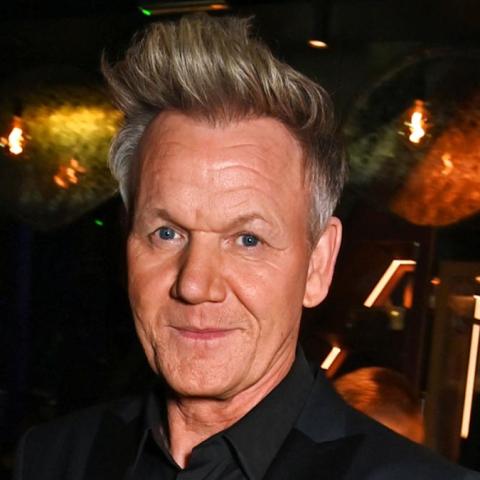In Bogotá, Colombia, I’ve often heard the phrase "Agua es vida," which means "Water is life." This saying comes up in conversations about everything from water rationing to the pollution caused by mining. It seems to resonate deeply with people, and it has even become a rallying cry for environmental activists across the U.S. But why do these words feel so powerful?
When I spoke with Angela Auambari, a Muisca woman, she explained that water has its own spirit. She pointed out that while we can bring water into our homes through pipes, it remains a living entity. Unlike many, she believes that lakes and rivers are alive—as much as we are. This perspective challenges our traditional view that only certain beings are alive.
As climate change accelerates, the world around us is shifting in ways we can no longer ignore. Glaciers are melting and rivers are overflowing. For those experiencing these changes directly, the Earth feels very much alive. In his book, Is a River Alive?, Robert Macfarlane explores this idea by examining four key rivers and the people who work to protect them. He emphasizes that we need to rethink our relationship with nature, not just as a resource but as something with its own rights.
Amitav Ghosh, a prominent writer, also tackles this issue. He argues that our environmental crisis stems not only from failed policies but from a limited way of imagining our world. Historically, some cultures have seen nature as merely material, dismissing its deeper essence. Ghosh believes we need stories that include non-human elements to inspire meaningful action against climate change.
One significant movement emerging from this is the "Rights of Nature" movement. Countries like Ecuador and New Zealand are starting to recognize natural elements as having rights. This legal framework aims to protect rivers from pollution and exploitation.
Family ties also play a role in understanding these connections. Macfarlane shared moments with his son as they explored the natural world. Their experiences highlighted how crucial it is to pay attention to the living entities around us. To appreciate a river, for instance, we must observe it through various seasons, recognizing its vitality.
Children, in particular, often see the world as a living tapestry. They imbue nature with personality, seeing trees as conversationalists and rivers as guides. Yet, as they grow older, this perspective often fades. Robin Wall Kimmerer, a botanist, connects this loss to language. In English, we tend to objectify nature, referring to rivers as "it" rather than "who." Macfarlane’s poetic writing invites a return to that child-like wonder.
Accompanying this enchantment is an underlying grief. Many individuals, including researchers and activists, carry personal losses that parallel their struggles for environmental justice. Their journeys alongside rivers not only aim to restore the land but also act as a form of healing. Macfarlane captures this beautifully, suggesting that being with nature transforms our understanding of ourselves and our world.
The challenge we face is to ascribe life to what we’ve labeled inert. By embracing this mindset, we begin to forge a stronger bond with the environment, recognizing rivers as partners in our existence. Macfarlane’s work illustrates the potential for genuine connections—both to others and the natural world.
Ultimately, acknowledging the presence of life in nature invites us to reshape our narratives and actions. When we start seeing rivers as living beings, we ignite a passion for preserving them. By fostering this perspective, we can redefine our relationship with the world, enriching both ourselves and the environment we inhabit.
For further insights into these concepts, you can explore Is a River Alive? by Robert Macfarlane and The Nutmeg’s Curse: Parables for a Planet in Crisis by Amitav Ghosh. These works delve deeper into the connections between humanity and nature.



















